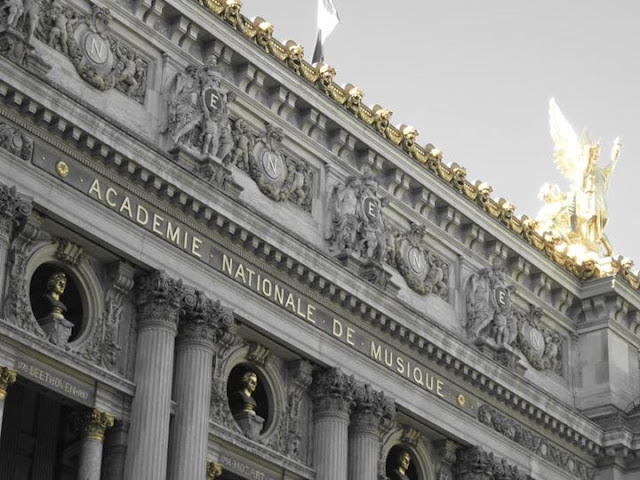One third water, one third greenery and one third city, nature is woven into everyday life here and many Swedes bear surnames inspired by the great outdoors (Millennium hero Mikael Blomkvist's surname translates as flower-branch). This fundamental connection to nature may go some way to explaining the Swedes' inherent happiness; and perched on a city bench one evening last week, watching the glistening and gently swirling waters with the breeze rustling through the trees, my own preoccupations seemed a million miles away. I couldn't imagine a more lovely place to live.
Picture a world where the summer sun lingers into the late evening, before returning in the dead of night to cast its warm rays over the city below. City-dwellers rise, bathed in the morning light, as the waters around them shimmer with an iridescent purple. Yachts, boats and liners wend their way through the waterways ferrying natives to their summer houses or leading tourists into a white-knuckle ride of an adventure, cruising the archipelago at breakneck speed. The pastel hues of the older city buildings gently line the banks as the tourists arrive in Gamla Stan to watch the changing of the guard before wandering the shady alleys and taking refuge from the midday sun inside the ornate Storkyrkan cathedral. Squares pepper the island where impromptu performances from local artists entertain the throngs of people lining the streets.
The Modern Art Museum on nearby Skeppsholmen and the extraordinary temporary Jean-Paul Gaultier exhibition in the adjoining architecture museum are two of Stockholm's biggest attractions, showcasing the Swedish savoir-faire in this area. South of Djurgården, groups converge on the steep, winding roads of Södermalm as they head up towards the panoramic views of Normalm and Vasastaden. If they were to peer through binoculars they may spy groups of tourists heading to the Ice Bar to enjoy a gimmicky but amusing 45 minute club night in temperatures of -7, or locals dressed to impress, trying their luck at the uber-cool clubs of Stureplan where style is the word. In Södermalm, it's a more laid back affair as Stockholmers sit back with a drink at one of the outdoor terraces lining the clifftop. It's a weekday evening but the buzz warms the crowd as the bars hand out Ikea blankets to ward off the night breeze and the sky turns indigo on midnight.
Summer days are long in Scandinavia and Swedes fill the pavements into the early hours donning shorts and cheerful smiles. Winters in Stockholm are notoriously difficult and wandering the sun-dappled streets last week, it was difficult to imagine a place under the cover of darkness for up to 20 hours a day. If I could sum up the city in one word it would be wonderland - as for whether the same would apply in the depths of winter, i'm not so sure. But one thing is certain, Scandinavia is a place to unwind, take a sigh of relief and appreciate the amazing planet that we call home.
.JPG)
























